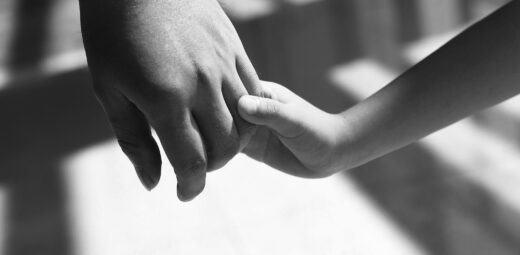
Jan 083 Ways to Break Cycles of Poverty
Generational poverty is heartbreaking, but breaking the cycle of poverty is possible. Dedicated communities and people like you can make a difference.
What is the Cycle of Poverty?
The vicious cycle of poverty, also known as generational poverty is understood by experts to be when at least two generations of a family are below the poverty line. This is different from temporary or short-term difficulty paying bills. The effects of generational poverty make an impact on children and entire communities.
A major cause of cycles of poverty that continue to affect communities of color today is redlining — it’s a discriminatory practice by which banks and insurance companies refused or limited loans, mortgages, and insurance for homeownership within specific geographic areas, especially inner-city neighborhoods in the U.S. This began in the 19030s, but still impacts families today.
Affordable Housing Can Break Cycles of Poverty
Affordable housing can break cycles of poverty when it offers Resident Services. These services provide people living with lower incomes access to opportunities — the same opportunities that everyone needs to live a fulfilling life. This is different from what is incorrectly, and unfairly stigmatized as the “projects.”
Three ways affordable housing with Resident Services can break the cycle of poverty in America:
1. More Disposable Income

Over seven million Americans with extremely low incomes spend more than half of their incomes on rental housing and utilities (GAP Report NLIHC). That means you have very little to spend on healthcare, emergencies, food, and all the things in life that pop up and cost money. When parents have less money for their child’s future, poverty is more likely to continue for another generation.
Affordable housing ensures that residents pay rent that’s within their means. It’s recommended that people pay no more than 30% of their incomes on rent to have enough to save and live a healthy life.
2. Affordable Child Care

On average, child care in the U.S. costs around $10,ooo per year. Roughly one in eight U.S. citizens live below the poverty line. That’s 38.1 million people living off of $25,465 for a family of four, according to the Census Bureau. If your family earns a little over $25,000 per year and you’re already paying half your income on rent, it’s hard to pay bills.
How is child care tied to housing? Affordable housing with Resident Services, like Mercy Housing communities, offers onsite child care at an affordable rate, or even free. If you’re a parent you know how much of a gamechanger this is. When kids are safe and learning each day, and parents are working and saving, neighborhoods are vibrant.
3. Education Support

Volunteers for America estimates that there are 20,860 homeless children in America. Unstable housing and homelessness have proven to increase missed days at school for kids. This affects their education and career opportunities — the opportunities that students need to escape poverty in adulthood. When young people don’t have a place to do homework, study, and get a good night’s sleep, academic success is out of reach.
Resident Services at Mercy Housing family communities offer Out-of-School Time, homework clubs, and online learning programs to set families up for success in the long term. Education is one of the most powerful tools to break cycles of poverty.
No related posts.
Stay Up To Date
Get news on Mercy Housing and inspiring stories of change delivered to your inbox.


